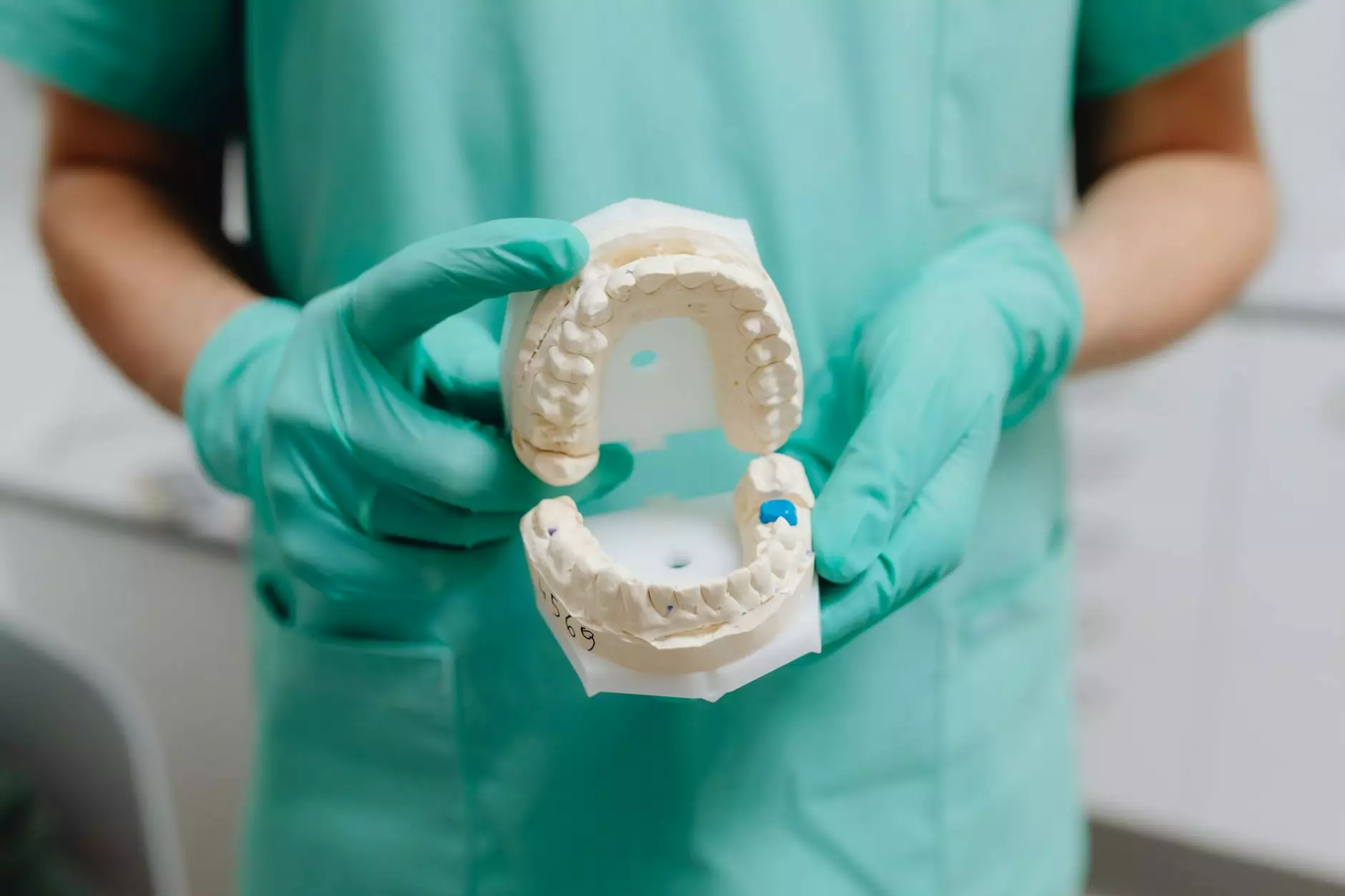Tendinosis vs Tendonitis: Understanding the Differences and Treatment Options

In the realm of musculoskeletal health, injuries to the tendons are common, and understanding the nuances between tendinosis and tendonitis is crucial for effective treatment. Although these terms are often used interchangeably in casual conversations, they represent different conditions that require distinct approaches for management and recovery.
What Are Tendons?
Tendons are the fibrous connective tissues that attach muscles to bones. They play a vital role in the musculoskeletal system, enabling movement by transmitting the force generated by muscles to the skeletal framework. When tendons become injured or inflamed, it can impede movement and cause significant discomfort.
Defining Tendinosis
Tendinosis refers to a chronic condition characterized by the degeneration of the tendon’s collagen structure. It is typically a result of long-term repetitive stress on the tendon without sufficient time for healing.
Characteristics of Tendinosis
- Chronic Pain: Unlike tendonitis, tendinosis is often associated with persistent pain that worsens with activity.
- Degeneration: It involves the breakdown of the collagen fibers, leading to weakening of the tendon.
- Lack of Inflammation: Tendinosis does not typically involve significant inflammation, distinguishing it from tendonitis.
Common Sites for Tendinosis
Tendinosis commonly affects several key areas of the body, including:
- Achilles tendon (Achilles tendinosis)
- Patellar tendon (jumper's knee)
- Rotator cuff tendons in the shoulder
- Common extensor tendon in the elbow (tennis elbow)
Understanding Tendonitis
Tendonitis refers to the inflammation of a tendon, usually due to acute injury or overuse. It is a more immediate response of the body’s healing process to tendon damage.
Characteristics of Tendonitis
- Acute Pain: Pain associated with tendonitis tends to be sharp and can occur suddenly.
- Inflammation: There is often swelling and warmth around the affected area.
- Response to Rest: The pain can improve with rest and proper treatment.
Common Sites for Tendonitis
Tendonitis can also occur in several common locations, including:
- Shoulder (rotator cuff tendonitis)
- Elbow (lateral and medial epicondylitis)
- Wrist (De Quervain's tendonitis)
- Knees (achilles tendonitis, patellar tendonitis)
Tendinosis vs Tendonitis: Key Differences
Understanding the differences between tendinosis and tendonitis is essential for appropriate diagnosis and treatment. Here are the key factors that differentiate them:
1. Causes
- Tendonitis is typically caused by a single traumatic event or repeated overuse, leading to inflammation.
- Tendinosis results from chronic wear and tear on the tendon, often due to overuse without proper recovery time.
2. Symptoms
- Tendonitis: Symptoms usually include abrupt pain, swelling, and tenderness.
- Tendinosis: Symptoms are characterized by a dull, aching pain that persists over time, often worsening with activity.
3. Treatment Approaches
Effective treatment strategies differ significantly due to the underlying conditions:
- Tendonitis Treatments:
- Rest and ice to reduce inflammation
- Anti-inflammatory medications
- Physical therapy focusing on stretching and strengthening
- Possible corticosteroid injections if symptoms persist
- Tendinosis Treatments:
- Collaborative physical therapy emphasizing gradual loading of the tendon
- Isometric and eccentric strengthening exercises
- Possibly, shockwave therapy or platelet-rich plasma (PRP) injections
Diagnosis: How Are They Differentiated?
Accurate diagnosis is crucial for effective treatment. A healthcare professional often uses the following methods:
- Medical History: Discussing symptoms and activity levels.
- Physical Examination: Checking for tenderness, swelling, and the range of motion.
- Imaging Tests: X-rays, ultrasounds, or MRIs to assess tendon integrity and rule out other injuries.
Prevention Strategies
Preventing tendon injuries requires a multi-faceted approach, focusing primarily on proper technique and adequate recovery:
- Warm-Up: Engage in dynamic stretching to prepare the muscles and tendons for activity.
- Strength Training: Strengthening the muscles surrounding the tendon can enhance support.
- Listen to Your Body: Recognize signs of overuse and allow ample rest and recovery time.
- Avoid Repetitive Strain: If a task involves repetitive movements, take breaks to alleviate strain on the tendons.
When to Seek Professional Help
If you experience persistent pain that does not improve with home care, or if there is significant swelling, it’s important to seek advice from a healthcare professional. Early intervention can prevent long-term damage to tendons, ultimately reducing the risk of chronic issues.
Conclusion
In summary, distinguishing between tendinosis and tendonitis is essential for understanding the nature of the tendon injury and for developing an effective treatment plan. Each condition presents its unique challenges, and the pathway to recovery may differ significantly. By utilizing the right strategies, individuals can effectively manage these tendon-related issues, promote healing, and return to their activities stronger than before.
Whether you are an athlete, a weekend warrior, or someone who wants to maintain an active lifestyle, it’s paramount to stay informed about these conditions. At IAOM-US, we are committed to providing you with the latest insights and treatments available for tendon injuries and other musculoskeletal concerns.



